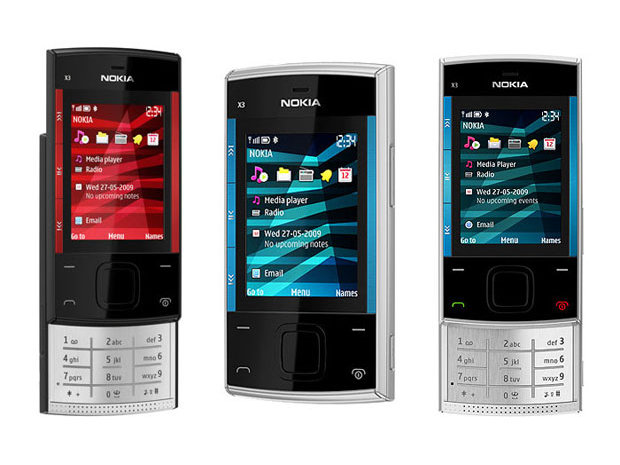Why you can trust TechRadar
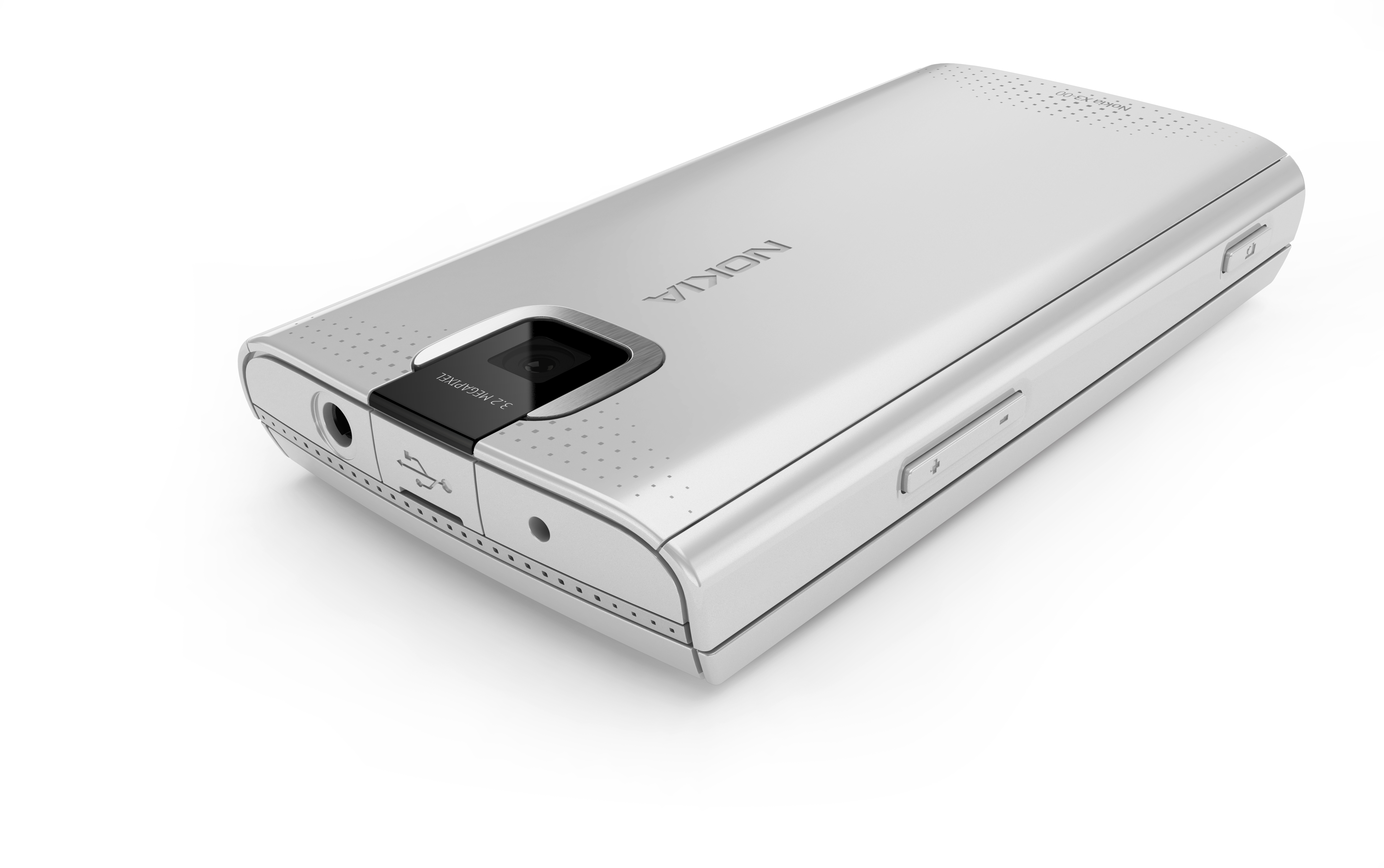
The camera used on the Nokia X3 is a run-of-the-mill 3.2MP snapper, lacking a flash and autofocus system.
It has the typical sort of functionality you'd expect from a mid-to-lower end Nokia Series 40 handset, with nothing remarkable about the fixtures and fittings - or performance.
Pressing the side camera button, the screen flips sideways into viewfinder mode within a couple of seconds.
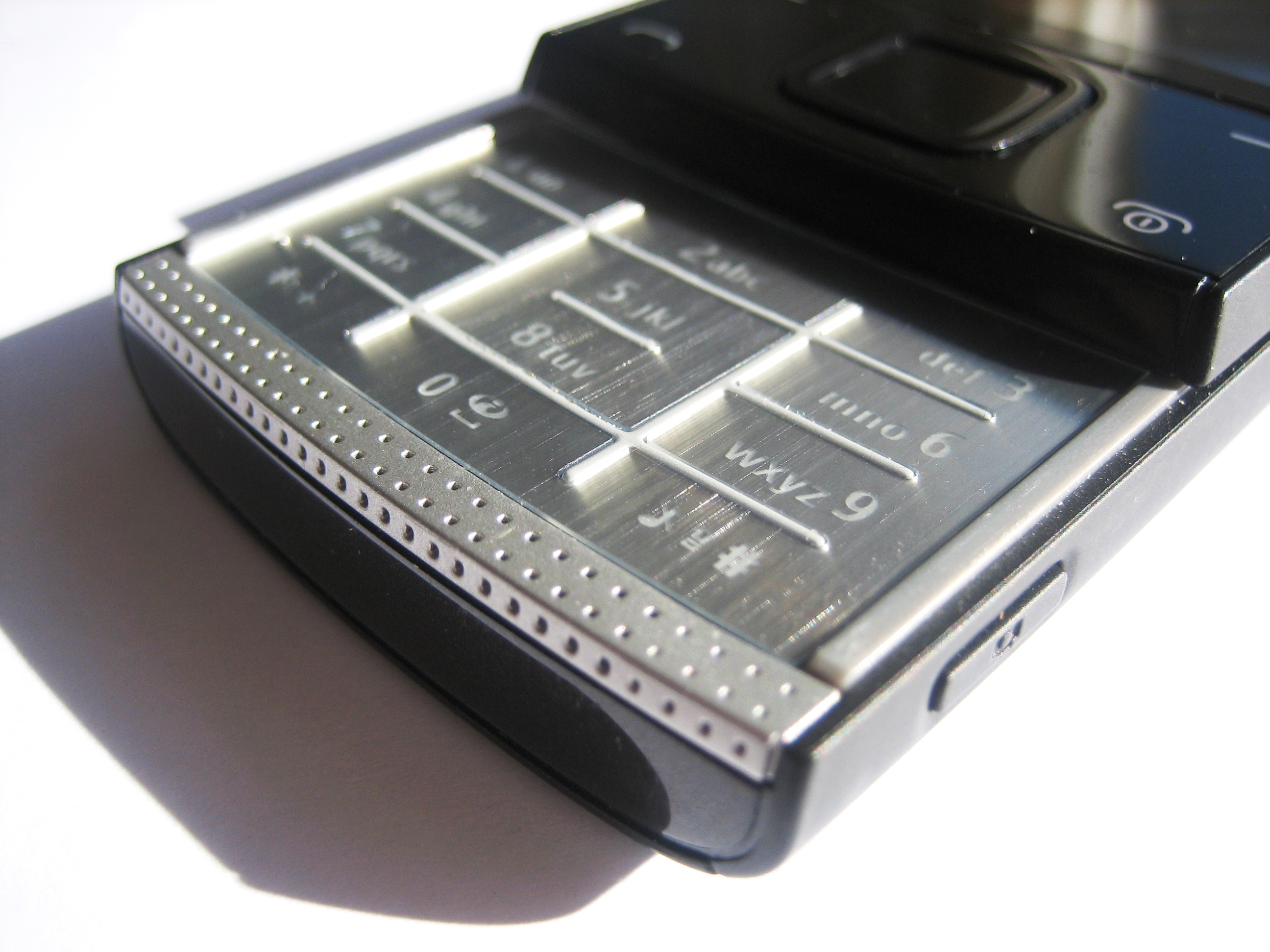
Nokia has set it up so that a long press of the camera key takes you straight into video mode, while a short press fires up the camera - a neat touch we're surprised more manufacturers haven't cottoned onto.
However, this does mean you have to be aware of how long you're tapping the button – something that's tricky with its almost flush position on the side – or you can find yourself starting to video record when you meant to snap a picture.
Although this can initially be disconcerting, if you are in the wrong mode the D-pad can be used to toggle sideways between camera and video recorder functions (an icon in the corner display's what mode it's in).
The on-screen user interface is somewhat basic, if adequate. Settings and effects can be chosen by opening up the Options menu and toggling through it.
You can adjust white balance to cater for lighting environments, add a few colour effects, use a timer and tweak image quality, but it's quite rudimentary by Nokia's high cameraphone standards.
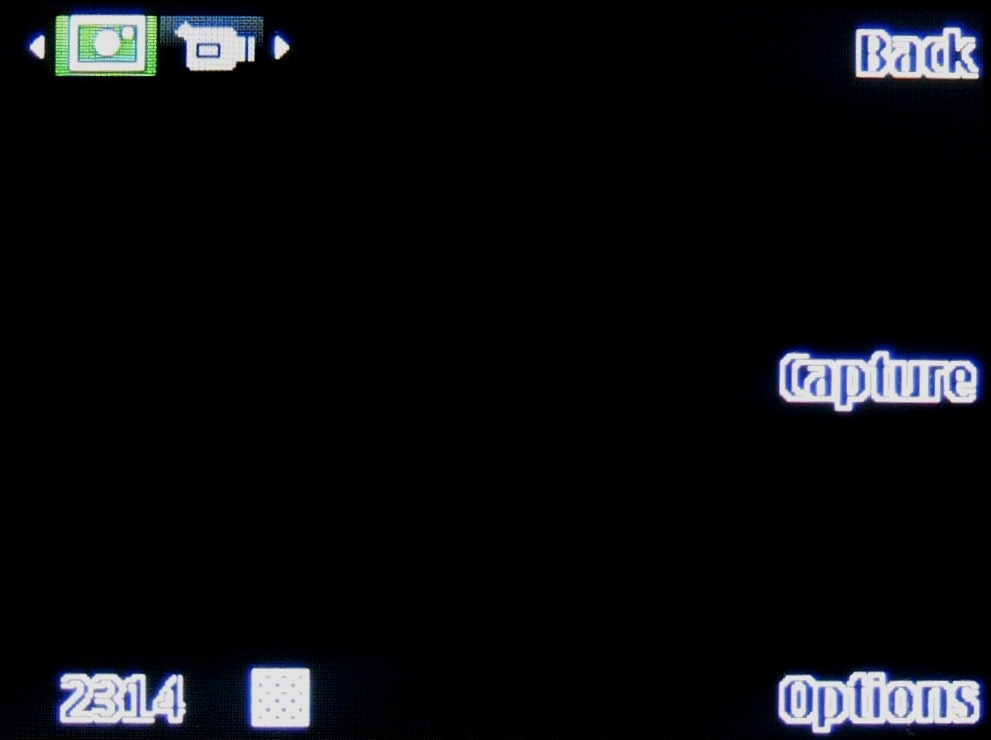
The fixed focus camera produces reasonable snaps that can be colourful and bright, but they do lack the crisp sharpness you can get from some autofocus cameraphones in the same class.
Also, in subdued overcast conditions, the camera can produce murky images with flat tones and so-so colour.
Overall, its shooting performance is OK for quick snaps, but modest and limited in detail and quality.
Under low light conditions indoors, the auto metering adjustments mean images can be soft, although they're better if the camera is held steady.
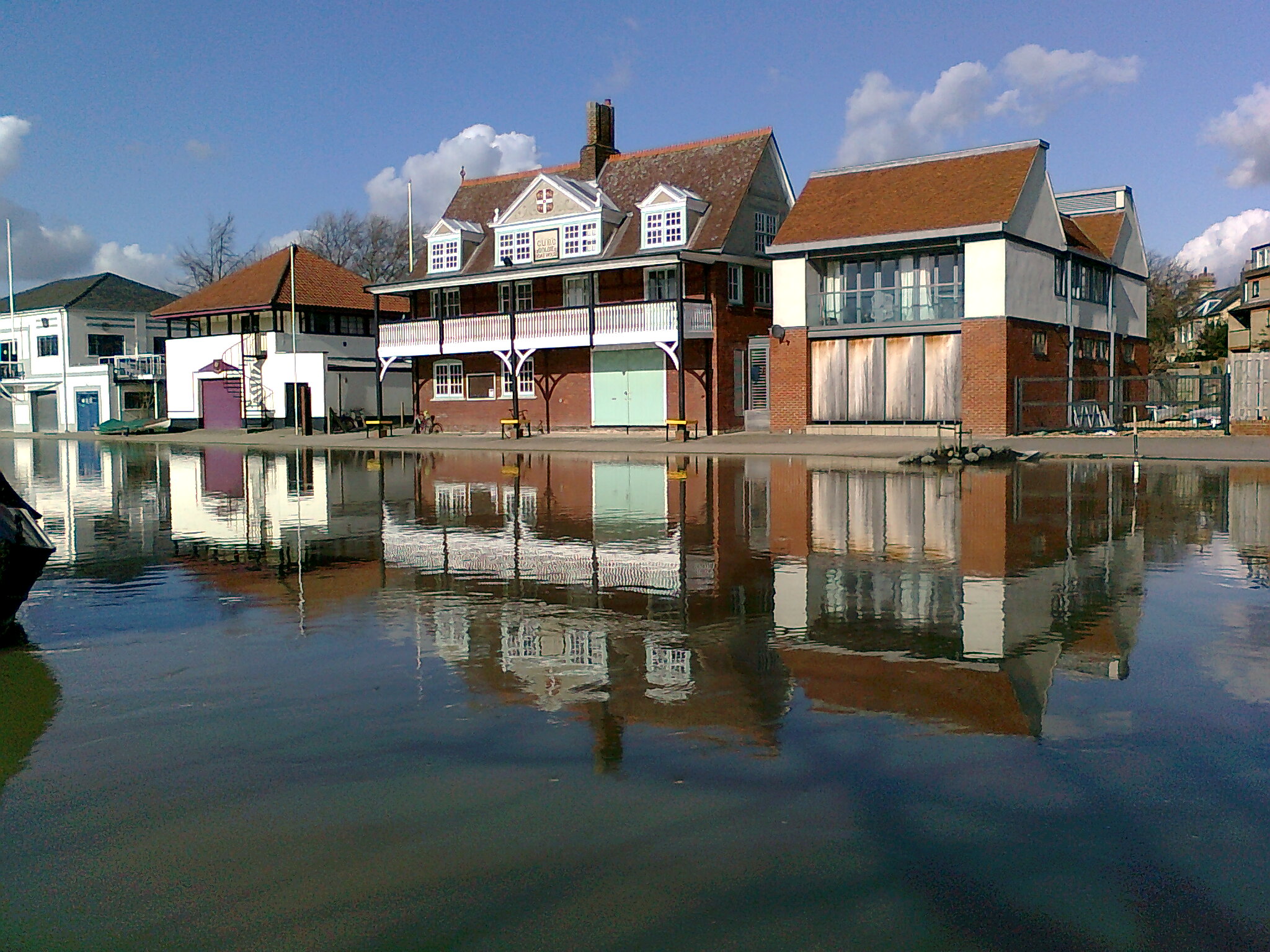
Reasonable snapper: The Nokia X3's 3.2-megapixel camera is an average lower range shooter, offering limited detail and a fixed focus lens. It can take reasonable snaps in good lighting environments, however, although don't expect stunning clarity when printing out
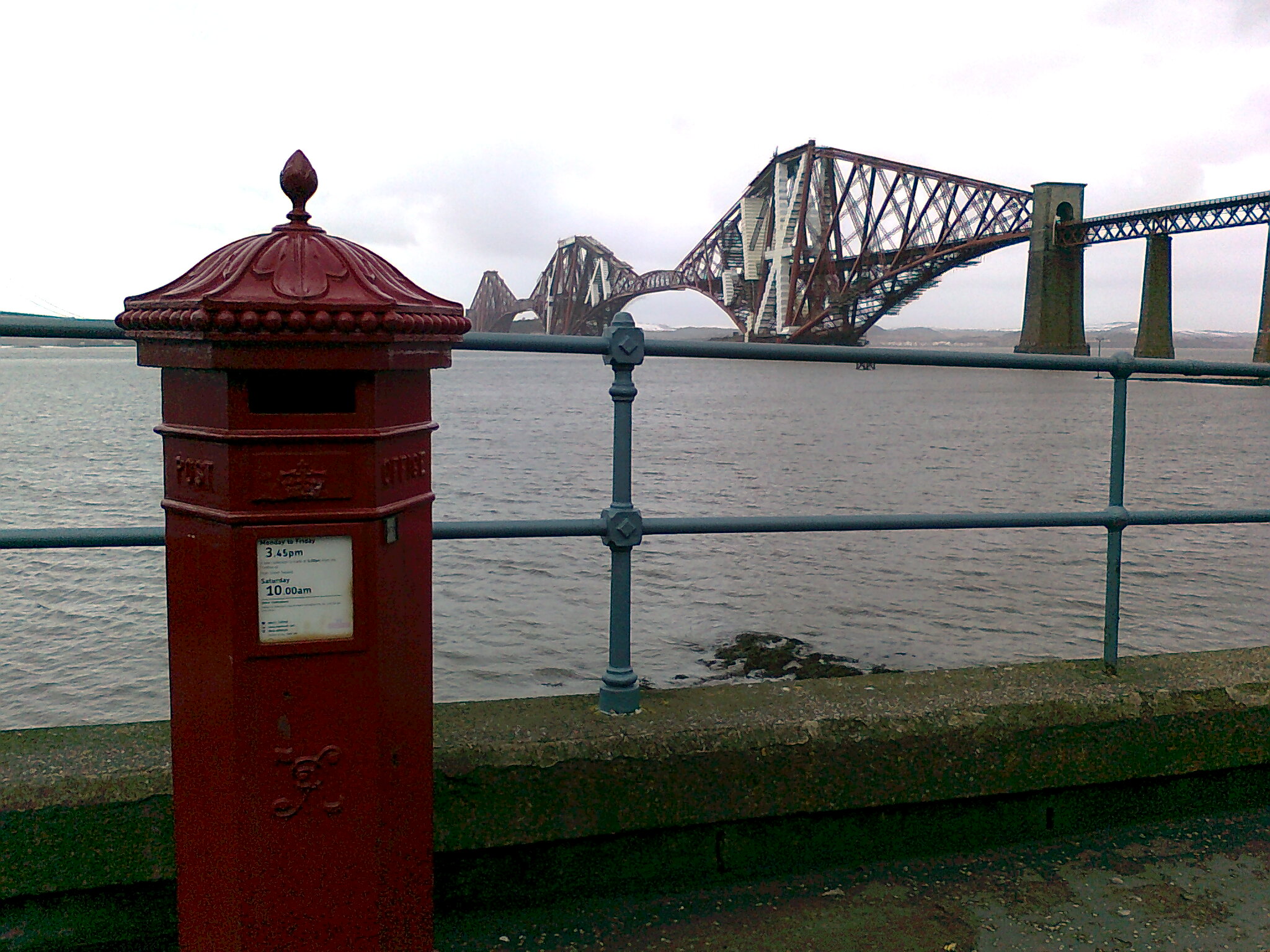
Click and hope: The fixed focus camera means you can't choose which particular part of the subject you want in focus – you just press and see what comes out
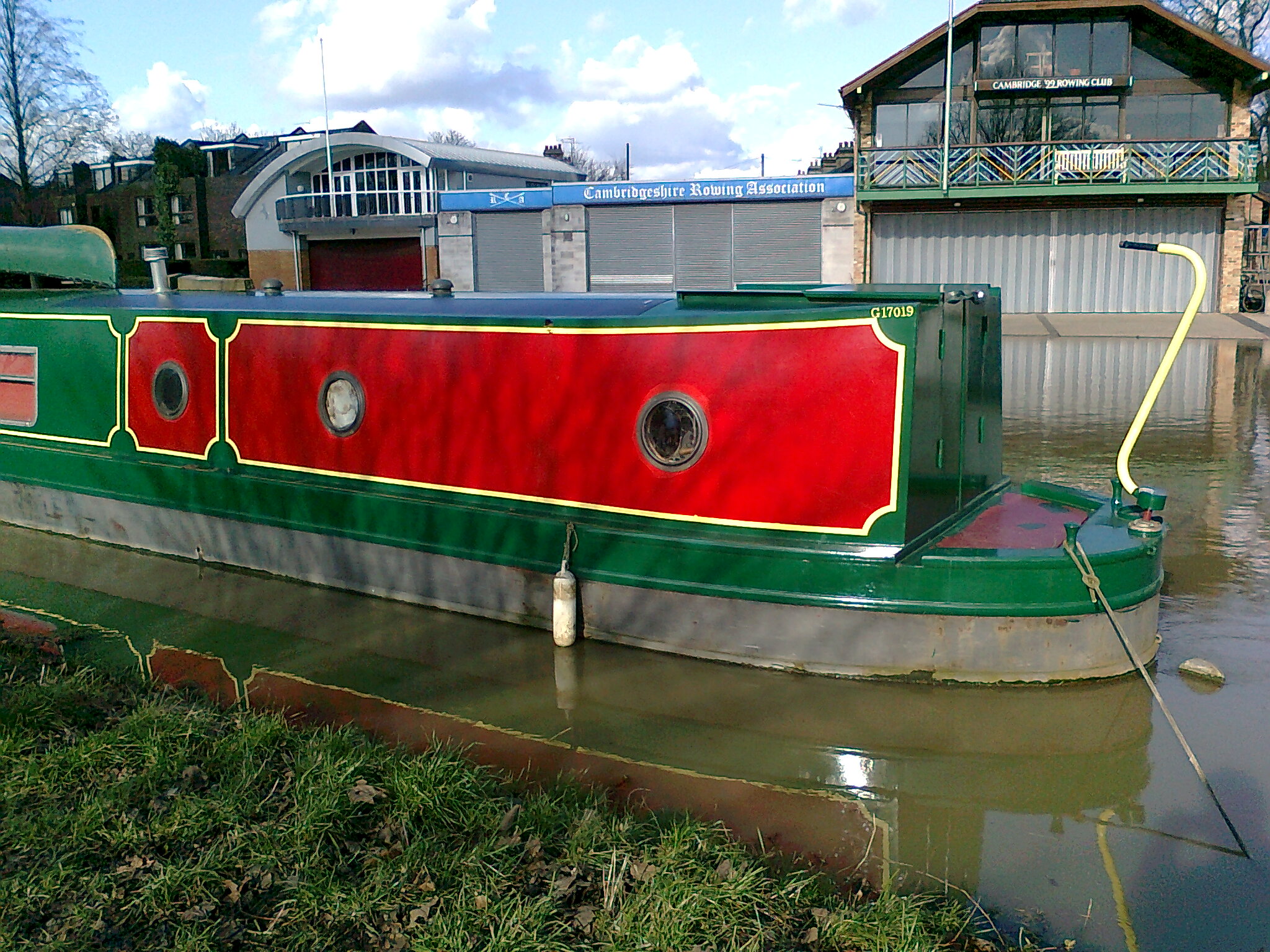
Brighter is better: The camera performs best in bright lighting conditions, rendering colours in vibrant tones. There is though a lack of subtle detail in the background sky in the way the blue colours and clouds are reproduced
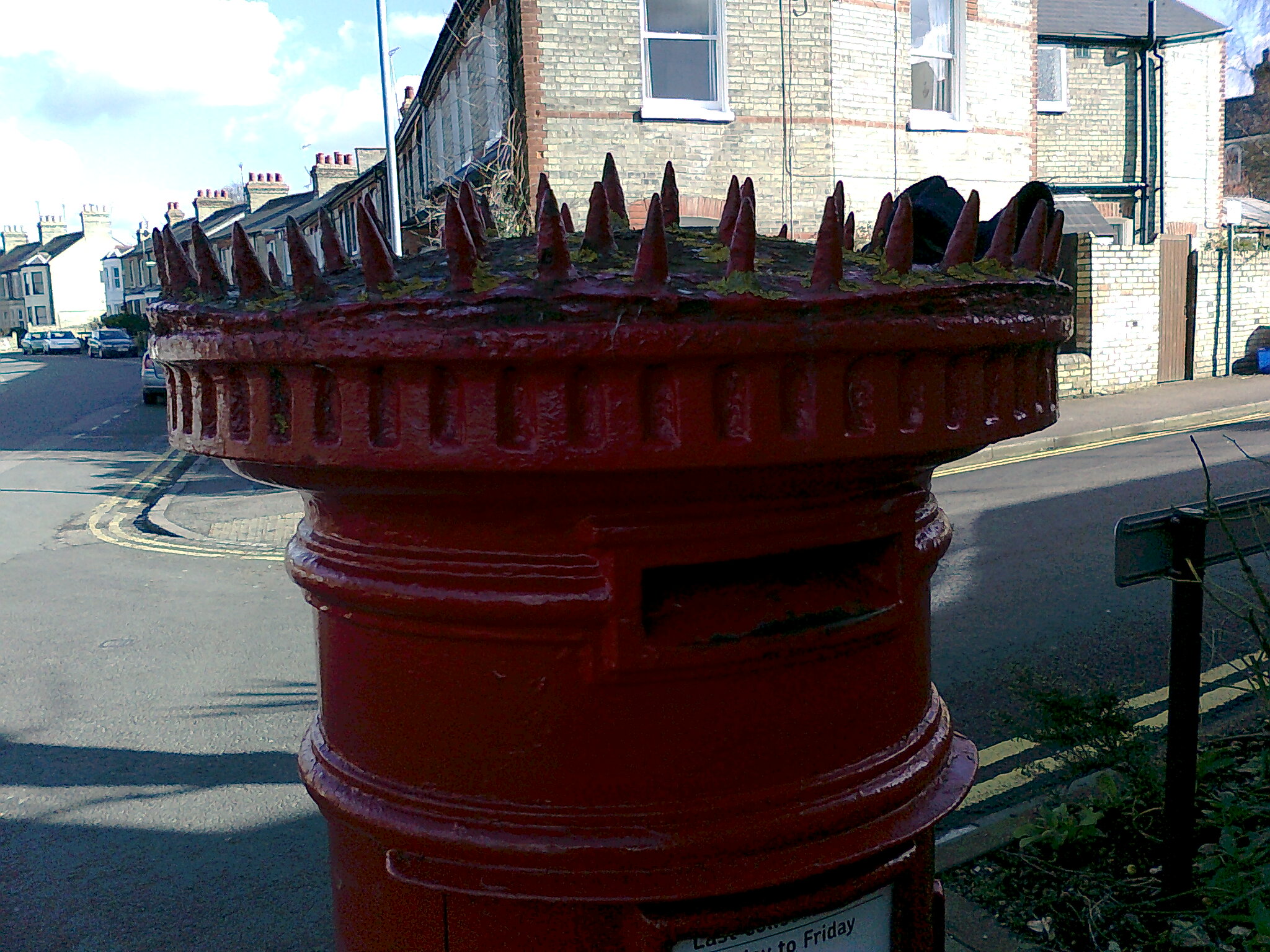
Patchy effort: The camera does reasonably well at close-in shots, producing some detail in the foreground, although the blue sky and clouds in the background are patchily rendered

Soft and noisy: This shot at dusk is soft and detail is limited with plenty of picture noise apparent
Its video recording performance isn't great. The low-grade camcorder option can record footage at maximum QVGA (320 x 240 pixels) resolution at 8 frames per second, so playback is stilted, or at lower QCIF (176 x 144 pixels) resolution at up to 15 frames per second.
That's a low quality budget effort. Should you wish to, these clips can be uploaded too to online video hubs.
